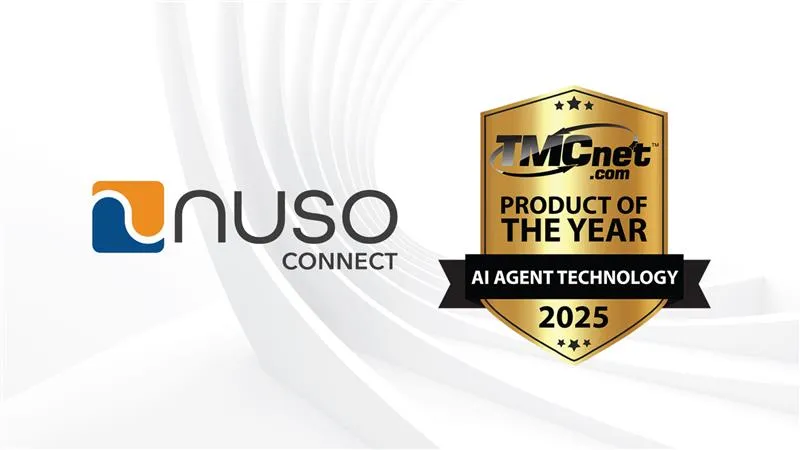In today’s fast-moving contact centre landscape, artificial intelligence (AI) and automation are no longer optional experiments; they’re central levers for transformation. Across Europe, contact centres are embracing AI-driven tools to reshape how they serve customers, how agents work, and how operations scale. But the journey is as much about humans and process design as it is about technology.
4 Reasons Why AI in the Contact Centre Matters
- Escalating customer expectations: Customers expect faster resolution, seamless interactions across channels, and more personalised service. Automation and AI are key to meeting these demands at scale.
- Volume, cost & complexity pressures: Many European organisations face budget constraints, high staffing costs, and growing volumes of interactions (including digital and self-service). Automation becomes a tool to manage this without sacrificing service quality.
- Agent experience & retention challenge: With agent attrition still high and job complexity increasing (especially as low-complexity work is automated), enabling agents to focus on higher-value, emotionally rich interactions becomes vital.
- European regulatory, multilingual & channel diversity: The European context adds layers of data protection, multilingual needs, legacy systems, and diverse channels that make smart automation harder and more necessary.
What’s Changing in CX: Key Capabilities
AI and automation are reshaping every aspect of how European contact centres operate. Conversational AI and chatbots now handle a large share of standard queries, freeing agents to focus on complex or emotionally sensitive issues. At the same time, AI-driven agent assist tools are becoming increasingly sophisticated, offering real-time suggestions, next-best actions, and even automating parts of interactions such as summarising conversations or retrieving customer histories.
Process automation is also gaining traction, with repetitive tasks such as data entry, call routing, and follow-ups increasingly handled by intelligent systems. This not only improves speed and efficiency but also allows agents to dedicate more time to value-adding tasks.
Meanwhile, analytics, sentiment analysis, and predictive insights are giving contact centres deeper visibility into customer needs. AI now analyses voice and text interactions to detect sentiment, identify bottlenecks, forecast demand, and even anticipate customer behaviour.
6 Key Challenges & Pitfalls in AI Adoption
Adopting AI and automation brings opportunity but also risks. Here are some of the common pitfalls in the European contact centre context:
- Data silos & legacy systems: Many contact centres struggle with fragmented systems, poor data quality, and disconnected channels, as we previously discussed in Unified Communications + Contact Centre Convergence. AI works best when it has good data and unified platforms.
- Human trust & adoption: Agents may distrust AI suggestions; 32% of organisations report agent distrust of AI.
- Ethical, regulatory & privacy concerns: In Europe especially, data protection (GDPR), transparency, bias, and governance issues matter. A system that violates data privacy or appears biased can damage trust and brand.
- Over-automation and loss of empathy: While automation can handle routine work, real customer problems often involve emotion or nuance. If the human element is lost, customer satisfaction may suffer. Multiple industry studies reveal 60+ percent of contact centres report more emotionally charged interactions.
- Measuring value & ROI: Some firms see initial automation benefits but struggle to capture the full value – better CX, reduced churn, increased revenue.
- Change management & skills: The role of the agent is shifting – less transactional tasks, more complex human problem-solving. Upskilling, coaching, and workflow redesign are required.
Best Practice Recommendations for European Contact Centres
Based on research and industry insight, and NUSO expertise in the field, here are some practical steps for contact centre leaders:
Rome wasn’t built in a day. Focus first on automating areas that clearly enhance customer value and agent performance, like after-call work, data entry, and routing.
Get your house in order before you start building. Before deploying AI, make sure your data is clean, your systems talk to each other, and customer profiles are unified across every channel.
Let humans and machines pull in the same direction. Automation should work hand in glove with your agents, not replace them. Many leaders agree the future belongs to a balanced, human-plus-AI model.
Sharpen the tools before tackling the job. Invest in your agents’ experience and training – equip them with the right technology, live assistance, and coaching to handle new AI-driven workflows with confidence and empathy.
Put governance and ethics at the heart of your AI strategy. Build governance structures that ensure transparency, fairness, and trust. That means clear oversight, privacy safeguards, bias checks, and compliance processes that leave no grey areas.
What gets measured gets managed. Go beyond cost and speed – keep an eye on the numbers that tell the real story: customer loyalty, first-contact resolution, agent satisfaction, and long-term value creation.
Build the foundation before adding the upper floors. Start small with pilots, learn the ropes, refine your approach, and scale up only when you’re ready. Too many organisations stumble because they try to sprint before they can stand.
Don’t lose sight of the big picture. Align every AI initiative with your broader business strategy: link automation to measurable gains in revenue, customer loyalty, and retention, not just operational savings.
Think globally, act locally. In Europe’s multilingual, multicultural, and tightly regulated landscape, tailor your BOTs and workflows for language, regional norms, and compliance. One size rarely fits all.
Keep your eyes on the horizon. As generative AI, agentic AI, and self-service evolve, make sure your roadmap isn’t set in stone. Stay flexible, keep learning, and be ready to climb the next peak.
Adopting AI
For European contact centre leaders, the message is clear: the question isn’t if you will adopt AI and automation – it’s how and how well. The winners will be those who strike the right balance between automation and human empathy, who invest in the agent experience, who align technology with customer strategy, and who govern their operations for trust and transparency.
The tools are here. The time to act is now. Get in touch now with NUSO to discover how we can support your business or your customers in adapting to an AI-powered contact centre.


.jpg)










